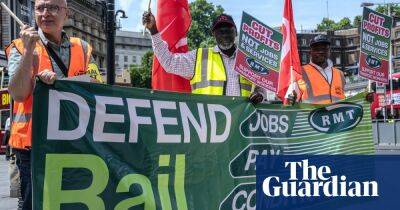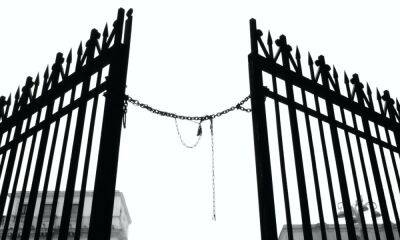Rishi Sunak’s tax rises: three of the biggest examined
During his two years at the Treasury, Rishi Sunak’s tax policy has been characterised by large temporary cuts – to cushion the financial blow from the pandemic – followed by even larger and permanent rises running up to, and beyond, the next election in 2024.
The chancellor stressed that bringing down the annual deficit was a priority after he spent £400bn more than he had planned in 2020 keeping the economy afloat. With little room to cut welfare, as witnessed by this week’s £15bn of extra spending to cope with the cost of living crisis, he said the Treasury’s finances could only be shored up with higher taxes.
The Institute for Fiscal Studies (IFS), a tax and spending thinktank, said it was struck by how in little over a year Sunak had imposed tax rises of a similar scale to those seen during 10 years of Gordon Brown’s chancellorship, and that was before a planned £5bn windfall tax on oil and gas companies was included. The end result is the biggest overall UK tax burden since the 1950s. Here we examine three of the biggest rises:
In September 2021, the government announced plans to introduce a health and social care levy of 1.25 percentage points that would be added to the national insurance contributions (NICs) of staff and employers.
In the teeth of angry protests from Tory backbenchers, Sunak pushed up the main rate for employees from 12% to 13.25%, while employers were told to pay 15.05% from April 2022.
Labour said it was the wrong time to raise taxes and was in stark contrast to the UK’s European neighbours, who were stimulating their economies with extra investment.
Dissent inside the cabinet forced Sunak to recalibrate the tax when he produced his March 2022 budget statement. He halved the £12bn he planned to raise
Read more on theguardian.com




![Algorand [ALGO] traders should gauge the potential of this reversal pattern](https://finance-news.co/storage/thumbs_400/img/2022/6/21/30684_n40a.jpg)














